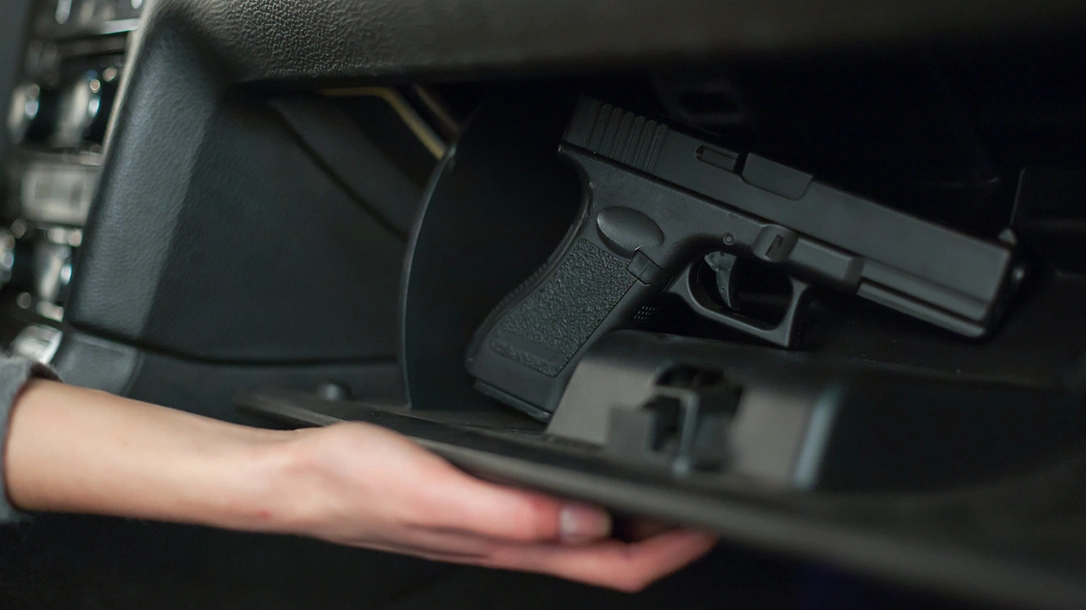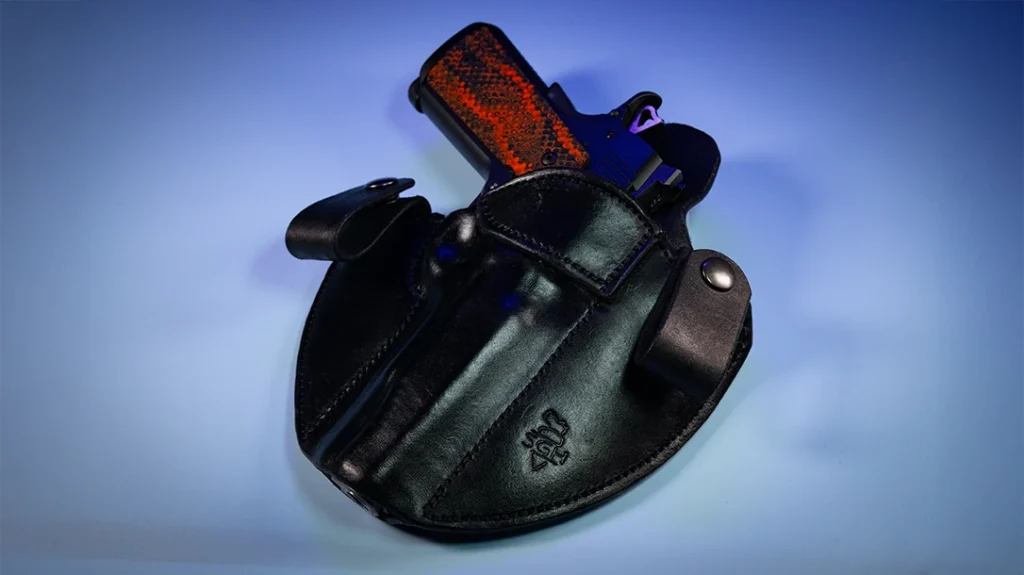For new gun owners, there will likely come a time when you’ll be traveling across state lines with a gun. Maybe you’re heading to Nebraska with your shotgun to hunt pheasants or Kansas City for a business meeting. Regardless of the case, you may want to have your self-defense gun along for insurance. However, there are some things you’ll need to know to ensure you don’t find yourself in a bad legal jam.
Traveling with a Gun: What to Know
First off, you need to know that, in some cases, you can’t just pack up your gun and take off across the country. Of course, you should be able to do exactly that. After all, the Second Amendment specifically states that “the right to keep and bear arms shall not be infringed.”
The U.S. Supreme Court has ruled at least three times that this amendment protects an individual right. Additionally, it doesn’t say anything about that right stopping just because you cross an invisible line into another state.
Advertisement — Continue Reading Below
However, differing state laws make travel more difficult than it should be. Likewise, it creates a hazard for those who haven’t done their homework.
The Firearm Owners Protection Act (FOPA) is an important provision of federal law intended to protect the right of law-abiding gun owners to transport firearms throughout our nation. Yet, in the years since its enactment, it has been ignored by anti-gun local officials and effectively gutted by the courts.

Advertisement — Continue Reading Below
FOPA guarantees the right of a law-abiding person to transport an unloaded firearm between a location where he or she may legally carry it and a destination where he or she may also legally carry it. This is regardless of state or local laws along the route of travel that would otherwise apply.
Under the current law, the gun must be cased or otherwise not readily accessible.
Should I Avoid Certain States?
Most states follow this law. However, both before and after the enactment of FOPA, gun owners have had serious problems lawfully traveling in a handful of states—mainly New York, New Jersey, and Illinois.
Advertisement — Continue Reading Below
For example, whenever I travel northeast from my home state of Oklahoma, I steadfastly stay out of Illinois if possible. Even if it means adding a couple of hours to my trip. The so-called “Land of Lincoln” has more gun regulations and restrictions than I care to study. So, the easiest alternative is to avoid the state altogether.

To combat such devious behavior in anti-gun states, the National Rifle Association and other gun-rights groups have for years pushed for national concealed carry reciprocity. This would eliminate the patchwork of differing gun laws. As a result, it would allow lawful citizens to carry wherever they go. But Congress has so far failed to pass such a law.
Advertisement — Continue Reading Below
For now, the very best thing to do is study the firearms laws in whatever state you are traveling to—and traveling through—to determine what is legal in those states. And by “study,” I don’t mean to call your Uncle Elmer, who has owned guns all his life and sometimes travels to Michigan to hunt grouse.
As a gun writer, people often call me to ask about the gun laws in states they intend to visit. I tell them to diligently study up on it themselves. Just because I write about guns and the Second Amendment doesn’t mean I know the laws in every state.
USCCA Primer
The U.S. Concealed Carry Association has boiled traveling with a firearm by automobile down to its basics on its website. Before traveling, I recommend using the USCCA primer to learn the laws of the states you travel to/through.
Advertisement — Continue Reading Below
Of note is this particular instruction of USCCA:
“It is important to note that 18 USC § 926A only allows you to travel through, not to, the states in which it’s illegal to carry firearms. In states with strict gun laws (such as California, Hawaii, Massachusetts, New Jersey, and New York), it may be a good idea not to stop at all. In addition, be sure to comply with any magazine and ammunition restrictions that are in place at your destination.”
Texas-based U.S. Law Shield also has a very good section on its website about traveling with guns. It’s also a must-read for those wanting to learn the basics and some important tips.
Advertisement — Continue Reading Below
Flying with a Firearm
Note that it is also legal to take your firearm with you when you are traveling by air. But you still have to follow specific rules and be careful where you are traveling to and through.

According to the Transportation Safety Administration, you can legally take your firearm with you as long as it is unloaded, locked in a TSA-approved hard-sided container, and transported as checked luggage. Additionally, you must declare each firearm each time you present it for transport as checked baggage.
Advertisement — Continue Reading Below
Typically, if you are traveling from a gun-friendly state to another gun-friendly state, you won’t have any problem. But still, difficulties can occur.
Say you are traveling from Dallas to Baltimore, and everything seems fine. But if the Baltimore Airport is shut down for whatever reason and you are diverted to Washington, D.C., you might find yourself possessing an illegal firearm in the District of Columbia.
Before flying, I recommend reading the complete TSA explanation of the rules for flying with firearms and ammunition.
Advertisement — Continue Reading Below

























